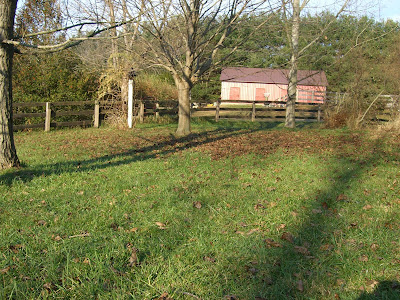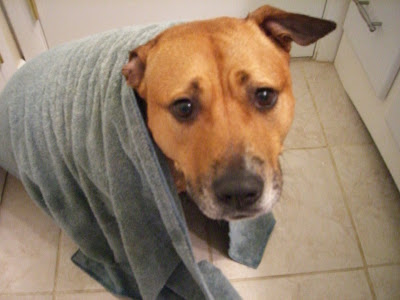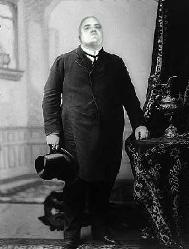Whilst my computer was setting itself aflame like a protesting Budhist monk, I was collecting a few chickens. Just after Easter, I was asked to take some chicks that were purchased during the holiday. Apparently, what seemed like a lovely holiday surprise, turned sour when the fluffy little chicks started growing and pooping everywhere. I had the space, so I was happy to take them. There were two pullets (young hens) and a cockerel (young rooster) so it seemed like a good balance. I named them Little Brett Buckwalter (after an old roommate with whom I watched a lot of Seinfeld), Camilla (from the Muppet Show), and Flossy. It soon became obvious that Flossy and Camilla were Leghorns and Little Brett was a hybrid known as a California White... they look like Leghorns with black flecks.
 Of course, things don't always go as planned. As it turned out, there were two cockerels and one pullet. I decided to rename Flossy, Chicken Alfredo. I just called him Fredo for short. Things were going pretty well, but since I had two males, I decided to order a few more chickens online (who would have guessed that was even possible). I ordered three Orpington chicks which were shipped overnight mail to my office after they hatched. Unfortunately, there was a tragedy before the new chicks arrived. I had been leaving the chickens to free-range, but one day I found Fredo had been whacked by two broadwing hawks. It was pretty upsetting. Fredo had been the most outgoing of the three.
Of course, things don't always go as planned. As it turned out, there were two cockerels and one pullet. I decided to rename Flossy, Chicken Alfredo. I just called him Fredo for short. Things were going pretty well, but since I had two males, I decided to order a few more chickens online (who would have guessed that was even possible). I ordered three Orpington chicks which were shipped overnight mail to my office after they hatched. Unfortunately, there was a tragedy before the new chicks arrived. I had been leaving the chickens to free-range, but one day I found Fredo had been whacked by two broadwing hawks. It was pretty upsetting. Fredo had been the most outgoing of the three.
Now we have five chickens:
 (Camilla and Little Brett Buckwalter)
(Camilla and Little Brett Buckwalter)
 (Eunice)
(Eunice)
(Beatrix)

(Matilda)
They have been a blast. If you put in some time with chickens and give them positive reinforcement, they can really be good pets. Little Brett will happily sit on my shoulder and hang out with me. He's a good roo.
Now, I've noticed that this blog might have a tendency to go low-brow. My last post was based on genital humor and I'm concerned that this post could spiral down the same path. It would just be too easy to sink to that level. Accordingly, I have made a concerted effort to refer to Little Brett as a rooster. Nonetheless, let's get it all out there and move on, lest there be some temptation towards potty humor. Little Brett is my big white... rooster. He is about 12 inches tall. Yes, I do stroke Little Brett and I let him rest on my shoulder. Yes, that is my [rooster] and no, I'm not happy to see you. Yes, Little Brett started getting a fleshy, red growth on his head... and no, the doctor didn't think I should be concerned. We could go on and on, but none of us are going to feel good about it. Let's all agree to be better than that and keep this blog high-brow.
In the meantime, to cleanse things a bit, I'm going to leave you with a photo I took of a bunch of baby bunnies:
































